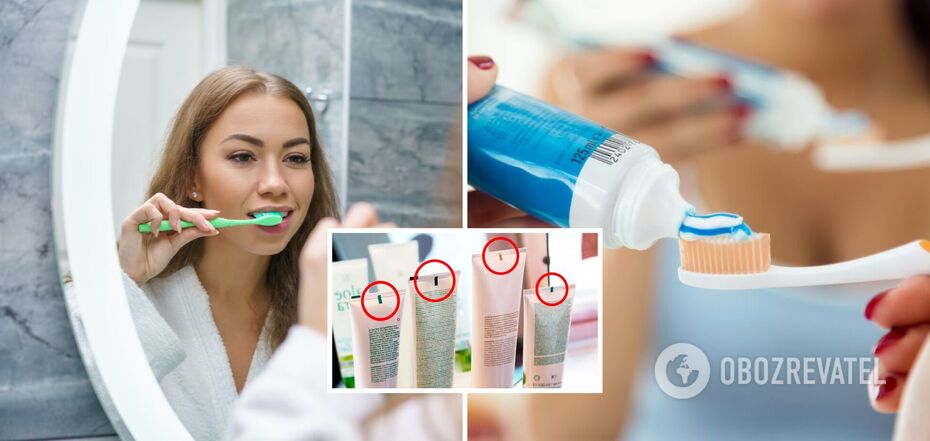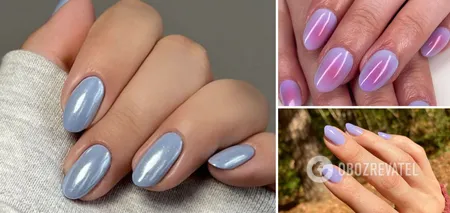Life
The meaning of colored strips on toothpaste: debunking a common myth
The colors of the stripes on toothpaste tubes carry certain information. A very popular myth says so at least. Sometimes black-striped toothpaste is called especially dangerous, as it allegedly contains aggressive chemicals.
According to another version, the stripes on the paste determine its level of abrasiveness. OBOZREVATEL debunks a popular myth about the meaning of color marks on tubes.
Often you can find the assumption that the stripes on the tube of toothpaste is a kind of labeling. The green one stands for "safe", which means that only natural ingredients are included, the red one indicates the presence of synthetic and natural substances, the blue one has the ratio of natural to chemical substances of 20% to 80% respectively, and the black one indicates an aggressive synthetic composition.
This theory does not stand up to criticism, nor does the opinion that the stripe denotes the level of abrasiveness. Here's an analogy: the black bar is the paste most abrasive and scratchy the enamel, green is quite acceptable for everyday use, the so-called phytopaste based on herbs.
In fact, the multicolored markings on the tube are just a sign for the packaging machines. It is needed so that the sensor on the conveyor could recognize this marking and cut the tube at the right place. The basic rule is that the mark must contrast with the background color, otherwise the sensor will not read it.
So the strips are technical elements, they do not determine the composition, abrasiveness or level of whitening in any way. Often such labels are made using the initial color of the package design.
Natural toothpaste can be identified by the marks of organizations that certify natural products.
Toothpaste always contains active ingredients like fluoride, vitamins, medicinal extracts or essential oils (for example, menthol adds a refreshing aroma). Raw materials for making paste can have both natural and synthetic origin.
By the way, experts advise not to wet the toothbrush before you start brushing your teeth. Recent studies have proven that dry brushing will help get rid of bad breath. Brushing without adding water fights halitosis better. To learn how to brush your teeth correctly to ensure the health of your mouth and enamel, read this material.
Previously OBOZREVATEL told about famous people who made imperfect teeth their thing.
Subscribe to OBOZREVATEL channels on Telegram and Viber to keep up with the latest news.



























